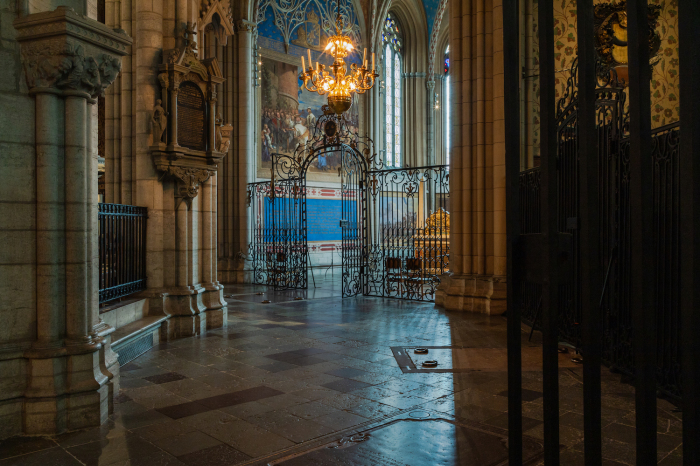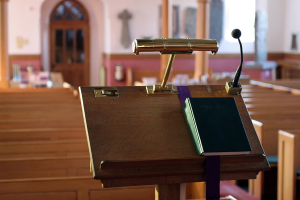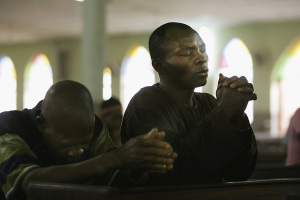Travel: Postcard from Uppsala, Sweden

This college town about 43 miles from the Swedish capital of Stockholm is more than just a day trip destination.
My visit to Uppsala came earlier this month before 50,000 students returned for classes at the 546-year-old Uppsala University, the oldest university in Scandinavia. The lack of students combined with the number of Swedes still on summer vacation gave the historic city center a small-town feel even though this is Sweden’s fourth-largest city.
Towering over the cityscape is the Metropolitan Cathedral Church of Uppsala or, as it’s more commonly called, Uppsala Cathedral. The dominant position is a visible reminder of the power and influence wielded by the medieval church.
While disestablished as the state church in 2000, the Church of Sweden (Lutheran) retains some privilege even as just 2% of the 5.5 million Swedes on its membership rolls regularly attend services. Against this reality, the university is unquestionably more prominent in the daily life of Uppsala.

The cathedral, with its twin 360-foot spires, has been the seat of the Roman Catholic and post-Reformation Lutheran archbishops of Uppsala since the 1270s when construction started on a replacement for the archdiocese’s first cathedral some 3 miles away in Old Uppsala. A masterpiece of brick Gothic architecture, this is the largest church or cathedral anywhere in Scandinavia. It was also here where Swedish kings were once crowned.
Inside, Gustav Vasa, the king whose reign from 1523 to 1560 is often likened to that of Henry VIII in England, is buried at the east end in what was a lady chapel. The tomb is befitting of the monarch who, five centuries ago, established the Sweden that still exists today.

Not far from the royal tomb and a 2005 installation depicting a life-sized Virgin Mary is an ambulatory chapel with an ornate reliquary containing the relics of St. Erik IX. The king and martyr — Sweden’s patron saint — was beheaded by pagans in 1161 after receiving holy communion in a church that stood here before the cathedral was built.
Unlike some of Europe’s better-known cathedrals and even the Great Church next to the Royal Palace in Stockholm, visitors aren’t charged admission. Yes, there’s a modest fee of 60 kronors (about $5.50) to see the treasury with its collection of centuries-old textiles and assorted ecclesiastical wares, but everything else is free.
If you go
Uppsala Cathedral is generally open daily from 8 a.m. to 6 p.m. Guided tours in English are also offered. Some of the best views of the cathedral are from the grounds of Uppsala Castle, which is situated on a ridge overlooking town.
Unfortunately, Gustavianum was closed during my trip. The late 17th century building housing the Uppsala University Museum is expected to reopen next year after a multi-year renovation.
Be sure to also visit Old Uppsala, which predates the Christianization of Sweden and has considerable pagan-era Viking burial mounds. The Old Uppsala Museum, an extension of the county museum, features artifacts from the settlement that date to the Iron Age.
Book a room at the Grand Hotell Hörnan. The elegant hotel, which opened back in 1907, is located just off the promenade paralleling the Fyris River.
Most visitors to Uppsala arrive by train from Stockholm. Tickets from Arlanda Airport and Stockholm Central Station can be as low as about $7 one-way when purchased through SJ, the national railway. As I had luggage, I took an Uber ride for $68. While expensive, it may be worth it for anyone who doesn’t want the hassle of navigating a train station with significant luggage.
Dennis Lennox writes a travel column for The Christian Post.
Dennis Lennox writes about travel, politics and religious affairs. He has been published in the Financial Times, Independent, The Detroit News, Toronto Sun and other publications. Follow @dennislennox on Twitter.




























